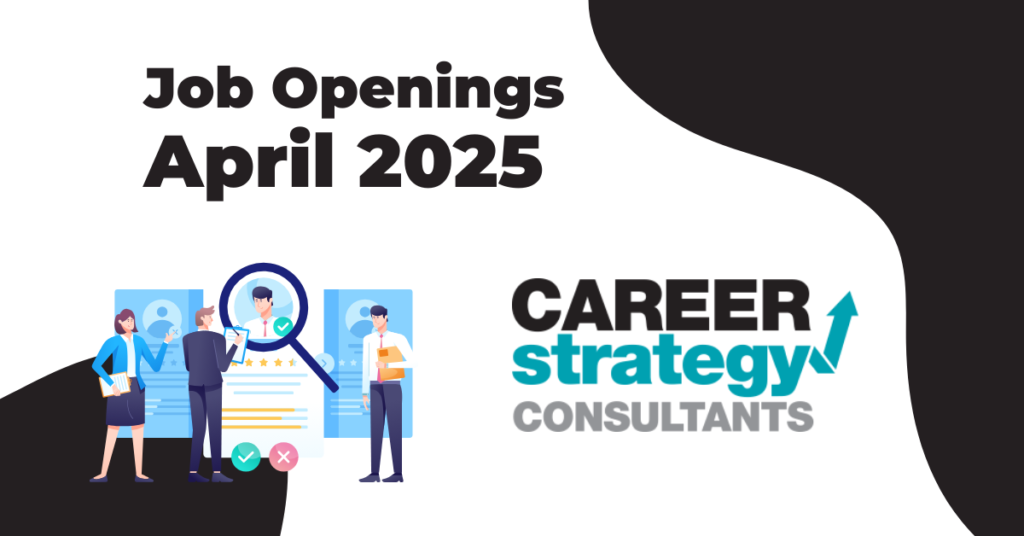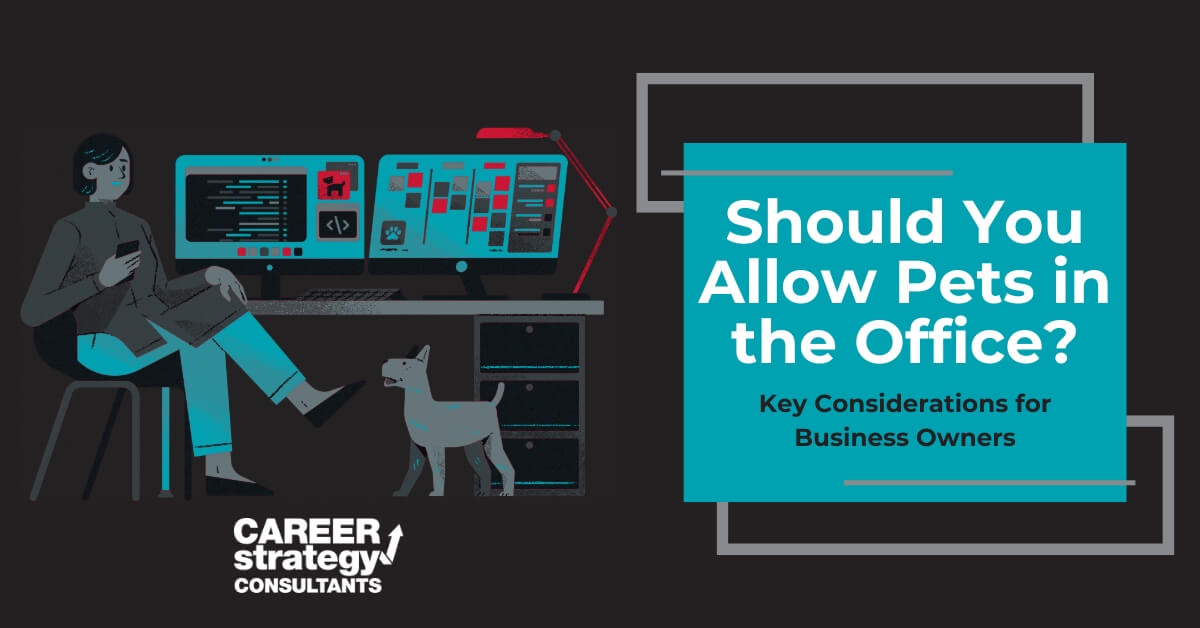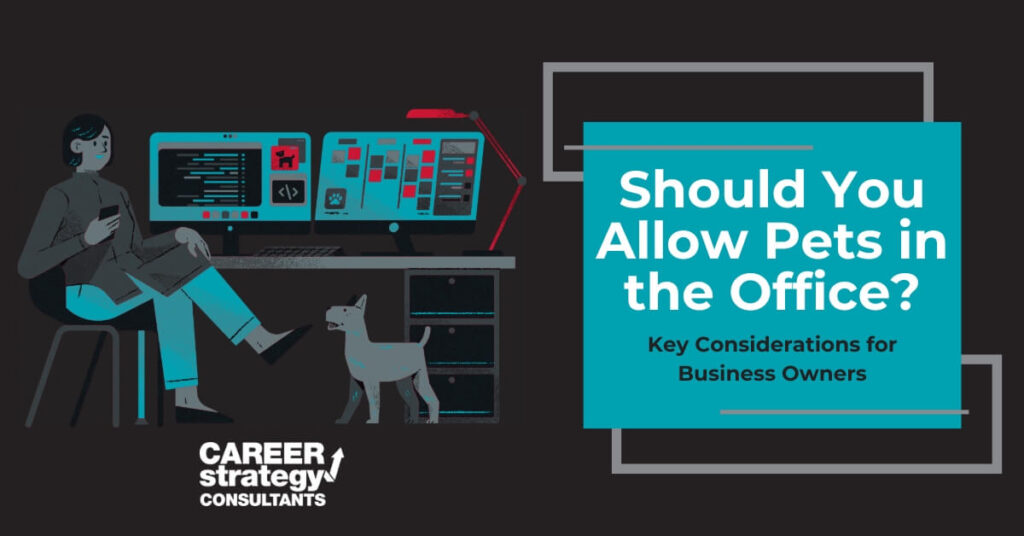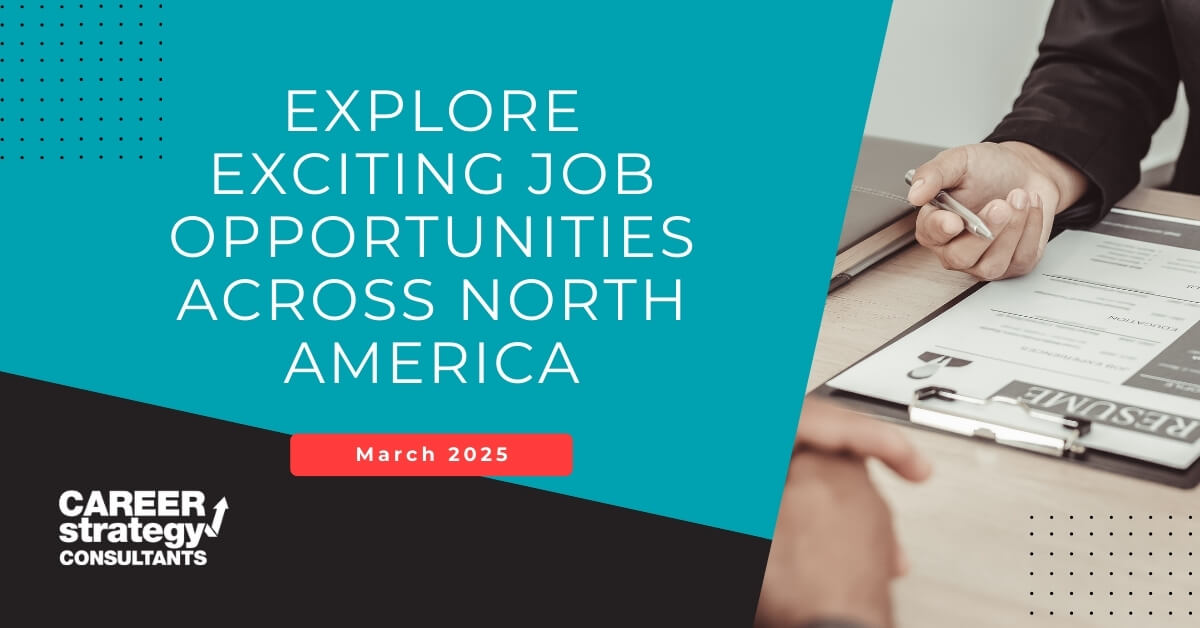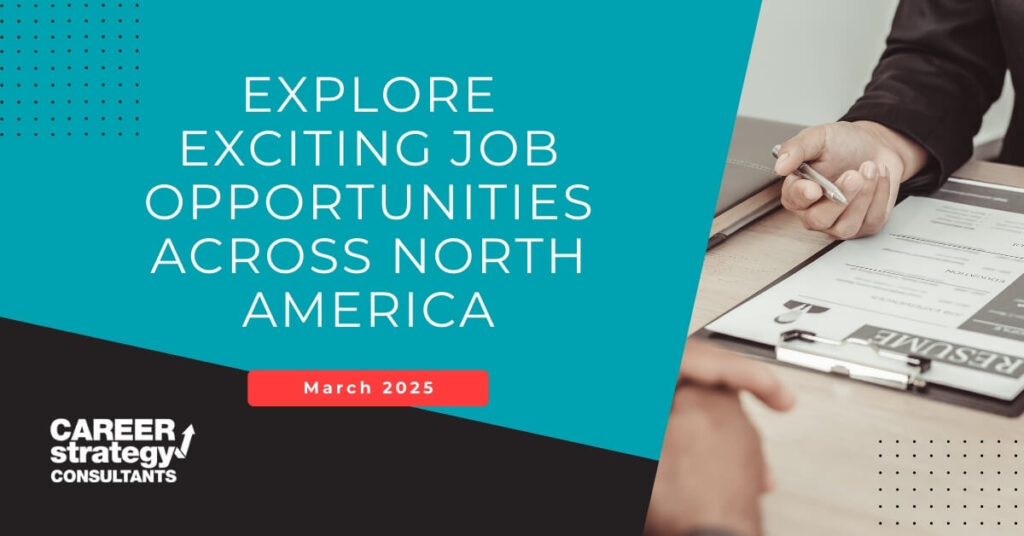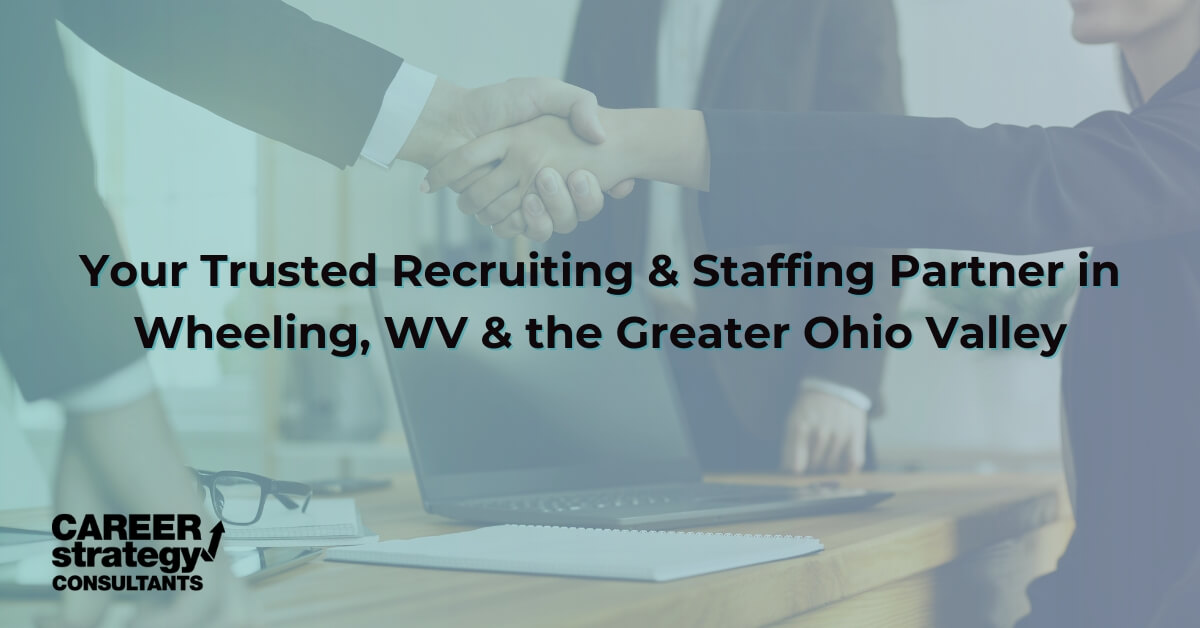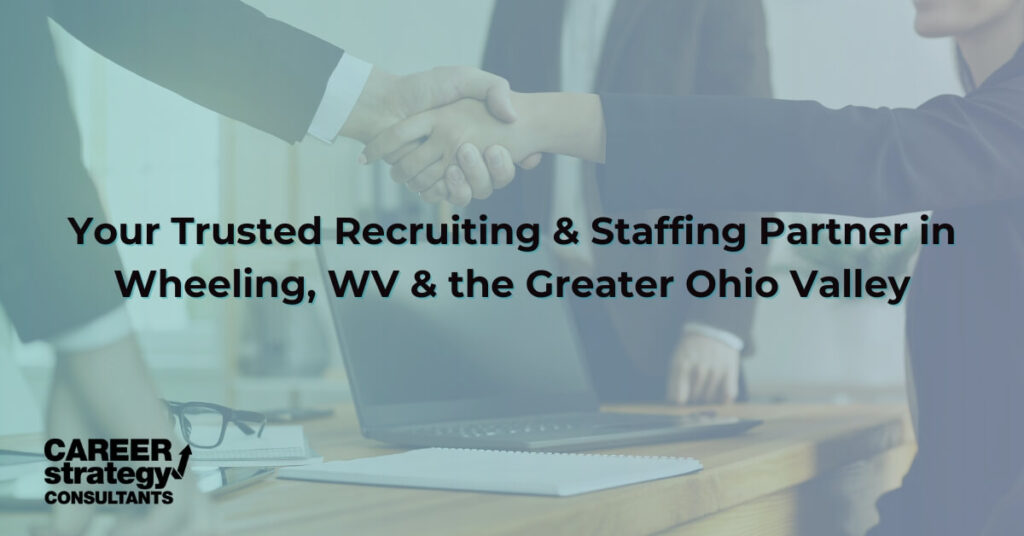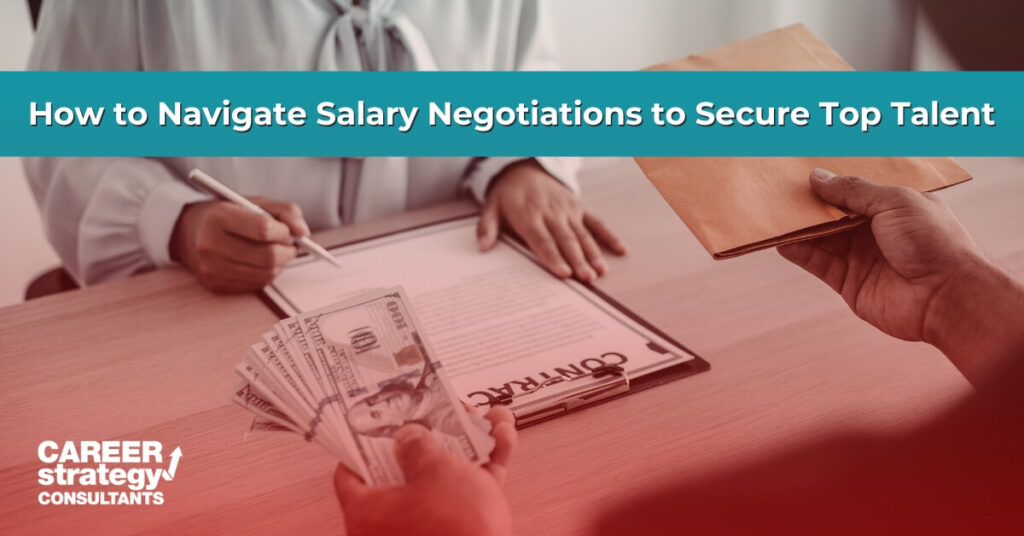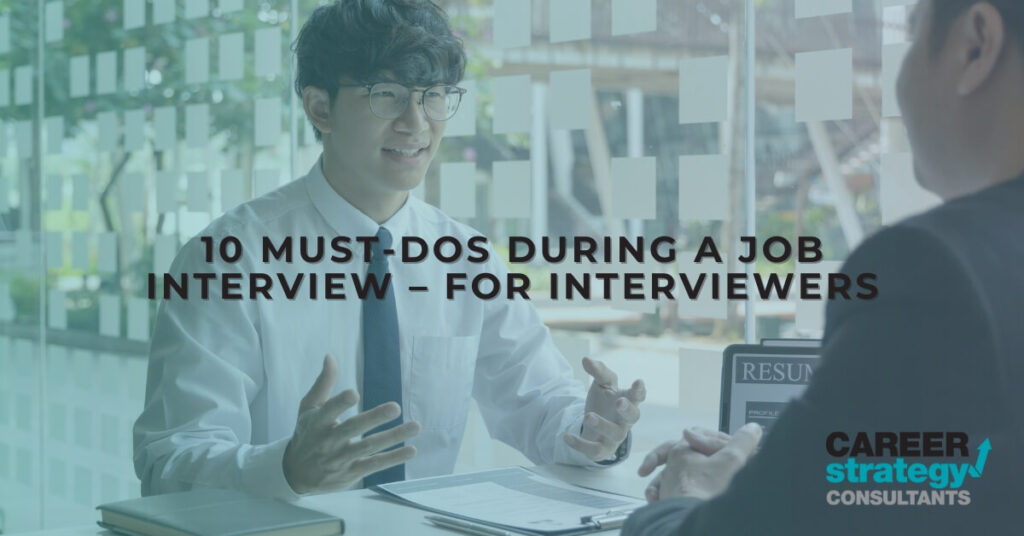In today’s globalized and interconnected world, diversity in the workplace is more than just a buzzword—it’s a business imperative. Companies that prioritize diversity in their hiring processes benefit from increased creativity, broader perspectives, and stronger performance. At Career Strategy Consultants, we understand the critical role diversity plays in building successful organizations. Here’s why you need to diversify your hiring process and how we can help.
What Does a Diverse Hiring Process Mean?
A diverse hiring process ensures candidates from all backgrounds, experiences, and perspectives are considered fairly and equitably. It goes beyond compliance with Equal Employment Opportunity (EEO) regulations; it’s about fostering inclusivity and creating a workforce that reflects the richness of society.
The Benefits of a Diverse Workforce
- Enhanced Innovation and Creativity
Diverse teams bring varied experiences and viewpoints to the table, leading to more innovative problem-solving and creative ideas.
Stat Fact: A 2018 Boston Consulting Group study found that companies with above-average diversity on their management teams report 19% higher innovation revenue.
- Improved Decision-Making
Diverse groups are better equipped to evaluate challenges from multiple perspectives, leading to more informed and effective decisions.
- Stronger Employee Engagement and Retention
Inclusive workplaces foster a sense of belonging, which boosts morale, engagement, and loyalty. Employees who feel valued and respected are more likely to stay with your company.
- Expanded Market Reach
A diverse workforce can better understand and connect with a broad range of clients, customers, and partners, helping your company tap into new markets.
How to Diversify Your Hiring Process
- Audit Your Job Descriptions
Unconscious bias can sneak into job descriptions, deterring diverse candidates from applying.
How to Fix It:
- Avoid gendered language, such as “ninja” or “rockstar,” which can alienate certain groups.
- Focus on skills and qualifications rather than arbitrary requirements.
- Use inclusive language that welcomes applicants from all backgrounds.
- Expand Your Candidate Sourcing Channels
Relying on the same networks and platforms may limit your access to diverse talent.
How to Fix It:
- Partner with organizations that support underrepresented groups, such as Women in Tech or the National Black MBA Association.
- Attend job fairs and events focused on diversity and inclusion.
- Leverage staffing agencies like Career Strategy Consultants, which prioritize diverse candidate pools.
- Implement Blind Hiring Practices
Blind hiring removes identifiable details, such as names and addresses, from resumes to reduce unconscious bias.
How to Fix It:
- Use software tools that anonymize resumes during the initial screening process.
- Focus solely on skills, experience, and qualifications.
- Train Your Hiring Team
Unconscious bias can influence decisions at every stage of the hiring process.
How to Fix It:
- Provide regular training on recognizing and mitigating bias.
- Encourage structured interviews with standardized questions for all candidates.
- Diversify your hiring panel to ensure a range of perspectives.
- Track and Measure Your Progress
Improving diversity requires ongoing evaluation and adjustment of your hiring practices.
How to Fix It:
- Collect and analyze data on the demographics of your applicants, hires, and leadership team.
- Set specific goals for diversity and inclusion.
- Adjust your strategies based on what the data reveals.
Challenges to Overcome
Diversifying your hiring process isn’t without its challenges. Resistance to change, limited resources, and a lack of awareness are common obstacles. However, the long-term benefits far outweigh the initial hurdles. Partnering with experts like Career Strategy Consultants can help you navigate these challenges with confidence and expertise.
How Career Strategy Consultants Can Help
At Career Strategy Consultants, we’re committed to promoting diversity and inclusion in every step of the hiring process. Here’s how we can support your efforts:
- Candidate Sourcing: We leverage our network to connect you with talented professionals from diverse backgrounds.
- Process Optimization: We analyze your current hiring practices and recommend strategies to reduce bias and increase inclusivity.
- Training and Support: We provide resources and workshops to educate your hiring teams on best practices for inclusive hiring.
Conclusion
Diversifying your hiring process isn’t just about doing the right thing—it’s about building a workforce that drives innovation, performance, and growth. By fostering an inclusive workplace, your company can stay competitive and thrive in an ever-changing business landscape.
Ready to take the next step in building a more diverse workforce? Contact Career Strategy Consultants today to learn how we can help you attract and retain top talent from all backgrounds.
Let’s create a workplace where everyone belongs.
Contact Us: Career Strategy Consultants | 740-325-1151 | info@careerstrategyinc.com
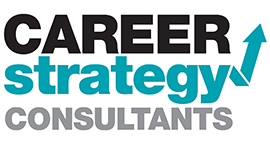
More Than Just Staffing
For Employers
For Individuals
Are You Looking for a Staffing Agency?
Contact Now
